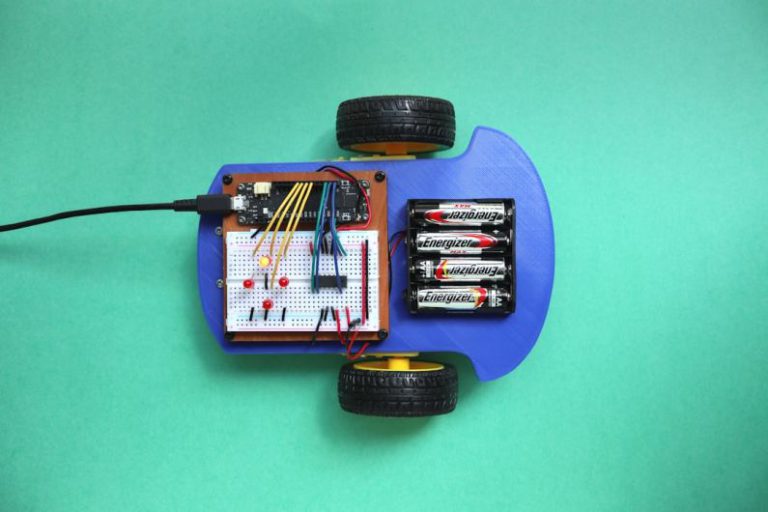Nanotechnology in Retread Tire Performance Enhancement
Retread tires have long been a cost-effective and sustainable solution for the transportation industry. However, advancements in nanotechnology have opened up a new realm of possibilities for enhancing the performance of retread tires. By incorporating nanomaterials into the manufacturing process, tire manufacturers can create retread tires that offer improved durability, traction, and fuel efficiency. In this article, we will explore the impact of nanotechnology on retread tire performance enhancement.
The Power of Nanotechnology in Tire Industry
Nanotechnology involves the manipulation of materials at the nanoscale, typically between 1 and 100 nanometers. When applied to the tire industry, nanomaterials can significantly enhance the properties of rubber compounds used in tire manufacturing. By dispersing nanoparticles such as carbon black, silica, or graphene into the rubber matrix, tire manufacturers can achieve improvements in wear resistance, grip, and rolling resistance.
Enhanced Durability and Wear Resistance
One of the key benefits of incorporating nanomaterials into retread tires is the enhanced durability and wear resistance they offer. Nanoparticles can reinforce the rubber compound, making it more resistant to abrasion and punctures. This improvement in durability extends the lifespan of retread tires, reducing the frequency of replacements and ultimately lowering costs for fleet operators.
Improved Traction and Grip
Nanotechnology also plays a crucial role in improving the traction and grip of retread tires. By incorporating nanoparticles with high surface area and unique mechanical properties, tire manufacturers can enhance the tire’s ability to maintain traction on wet, icy, or uneven road surfaces. This improvement in grip not only enhances safety for drivers but also contributes to increased fuel efficiency by reducing rolling resistance.
Reduced Rolling Resistance and Fuel Efficiency
Another significant advantage of nanotechnology in retread tires is the ability to reduce rolling resistance. Nanoparticles can modify the viscoelastic properties of the rubber compound, resulting in lower energy dissipation during tire rotation. As a result, retread tires equipped with nanomaterials require less energy to roll, leading to improved fuel efficiency and reduced carbon emissions. This enhancement is particularly valuable for commercial vehicles, where fuel costs constitute a significant portion of operating expenses.
Environmental Sustainability and Cost-Effectiveness
In addition to performance improvements, the adoption of nanotechnology in retread tire manufacturing aligns with the industry’s sustainability goals. By extending the lifespan of tires through enhanced durability and wear resistance, nanotechnology contributes to the reduction of tire waste and the conservation of natural resources. Furthermore, the cost-effectiveness of retread tires is further enhanced by the performance benefits conferred by nanomaterials, making them a compelling choice for fleet operators seeking to maximize efficiency and minimize environmental impact.
Future Directions and Opportunities
As research in nanotechnology continues to advance, the possibilities for enhancing retread tire performance are virtually limitless. Future innovations may involve the development of self-healing tire materials, sensors for real-time monitoring of tire conditions, or customizable tire properties tailored to specific road conditions or vehicle types. By embracing the potential of nanotechnology, the tire industry can pave the way for safer, more efficient, and environmentally sustainable transportation solutions.
In conclusion, nanotechnology has revolutionized the retread tire industry by offering a pathway to enhanced performance, durability, and sustainability. By harnessing the power of nanomaterials, tire manufacturers can create retread tires that deliver superior traction, reduced rolling resistance, and extended lifespan. As the industry continues to explore the possibilities of nanotechnology, the future of retread tires looks promising, with exciting opportunities for further innovation and advancement.






